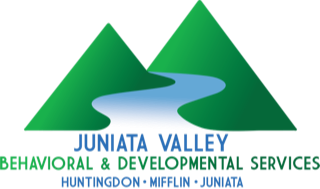Next Meeting: MARCH 25, 2024 in SUITE 101 of 152 E. Market St.
Meetings for the Citizens Advisory Board are at 4 pm with a hybrid meeting style with in-person attendance in the JVBDS-Large Conference Room, Mifflin County or via the ZOOM Meeting platform.
A CAB is:
- To review and evaluate the county’s mental health & mental retardation needs, services, facilities and special problems in relation to the local health and welfare needs, services and programs.
- To develop, together with the administrator, annual plans for the mental health and mental retardation programs required by Section 301 and 509.
- To make recommendations to the local authorities regarding the program and any other matters relating to mental health and mental retardation services in the counties, including purchase of service contacts and the extent of funds required to implement the program.
- To review performance under the mental health and mental retardation program and to recommend a system of evaluation.
| Name |
|---|
| Scott Walls |
| Leigh Kiser |
| Thomas Weyandt |
| Wendy Melius |
| Cory Sisto-Chair |
| Charles Culbertson |
| Name |
|---|
| Noah Wise |
| Cinda Welsh |
| Anglea Price |
| Brenda Stayrook-Vice Chair |
| Cinda Welsh |
| Valerie Postal |
| Name |
|---|
| Mark Partner |
| Stacey Leach |
| Robert Digon |
| Polly Digon |
SECTION 302. Establishment of County Mental Health & Mental Retardation Board. *Each member shall be appointed for a period of three years.
...which shall consist of thirteen residents including, from each county, a representative of the board of county commissioners. At least two members thereof shall be physicians, and where possible one shall be a psychiatrist and the other a pediatrician. There shall also be appropriate representation drawn from: (1) the professional fields of psychology, social work, nursing, education and religion; (2) local citizens' organizations active in the field of mental health; (3) local citizens' organizations active in the field of mental retardation; (4) local health and welfare planning organizations; (5) local general hospitals; and (6) other interested community groups.
